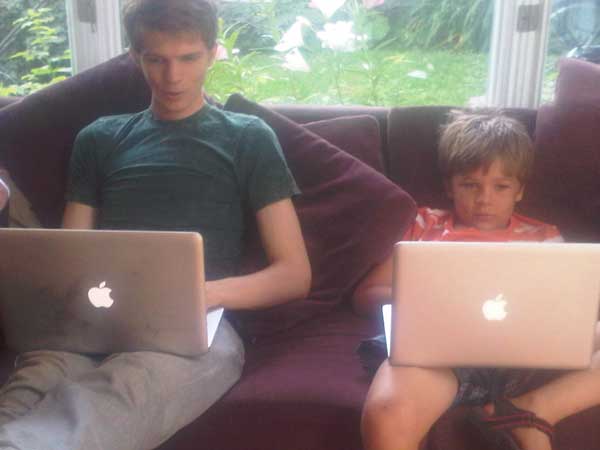Design Matters Matter
Ken Wallace, 2012-08-24
Let’s face it. We are the “designing animals.” We love creating and decorating our world — painting the walls of our caves, building the first houses about 15,000 years ago, then cities 10,000 years ago, then space stations just yesterday — with all sorts of magnificent creations in between.
We have a natural talent for designing and creating stuff. We enjoy working on meaningful projects. Only the focus of our design endeavorer changes over time.

We respond to our world in more or less appropriate ways
There are designs that don’t really work and are just poor choices. There are those that create benefit for the few and others that are more explicitly for the greater public good. Sometimes what starts as a great idea for the tribe, ends up shooting the tribe in the foot so to speak.
As a tribe our design career may have begun with the invention of spears and weapons. Many many years later, weapons industries we’re told, are one of our world’s biggest business interests. Few pause to ask, is this really necessary? Weapons design may be very “good” — but who does it benefit? Most important who does it harm?
 When you stop to think about it, this sort of thing happens again and again. Burning fossil fuels would be another example. Once we commit to something, there is likely an upside and a downside — and yet when the downside becomes obvious, the momentum is nevertheless really rather difficult to stop.
When you stop to think about it, this sort of thing happens again and again. Burning fossil fuels would be another example. Once we commit to something, there is likely an upside and a downside — and yet when the downside becomes obvious, the momentum is nevertheless really rather difficult to stop.
In design disciplines there are some things we know for sure. Designed implementations produce outcomes. Some produce better outcomes. Normally the more time and space that’s devoted to developing a design the better the outcome. Design outcomes develop as propensities over time and can have wide-ranging impacts. We’re never designing in a vacuum. Even though we may feel our decisions are of little consequence, design matters do matter. Whether it’s a small purchase decision, art direction for a international magazine, or an architectural plan for something truly momentous — everything we do has implications and possible repercussions.
 The age-old folk-tale of the Three Little Pigs teaches us this at an early age. Today however, the Big Bad Wolf is no longer so much “out there.” Our design imperatives now are much broader than the mere or metaphoric creation of sustainable housing. More and more the real threat is coming from within — from the very cultural norms that we take for granted — yet know are unlikely to work very well in the long run.
The age-old folk-tale of the Three Little Pigs teaches us this at an early age. Today however, the Big Bad Wolf is no longer so much “out there.” Our design imperatives now are much broader than the mere or metaphoric creation of sustainable housing. More and more the real threat is coming from within — from the very cultural norms that we take for granted — yet know are unlikely to work very well in the long run.
Our design vocabularies are culture soaked. Communication design, well able to carry the torch for human dignity, is too frequently debased and degraded by a proliferation of blatant forms engineered to manipulate and seduce, rather than delight and inform. Marketing, branding and public relations “experts” appear magically to pour salt in the open wounds of the already profoundly confounded.
The knee-jerk tendency is to design in, rather than transcend (or design under or though) this cultural vernacular, and yet if what we’re doing isn't really working, do we not need to step back to access the larger picture? Ask questions: What will be the outcome if we continue in this way? Is there a better way to go about this?
If design matters do matter, shouldn’t we be really putting people and planet first at this point?


